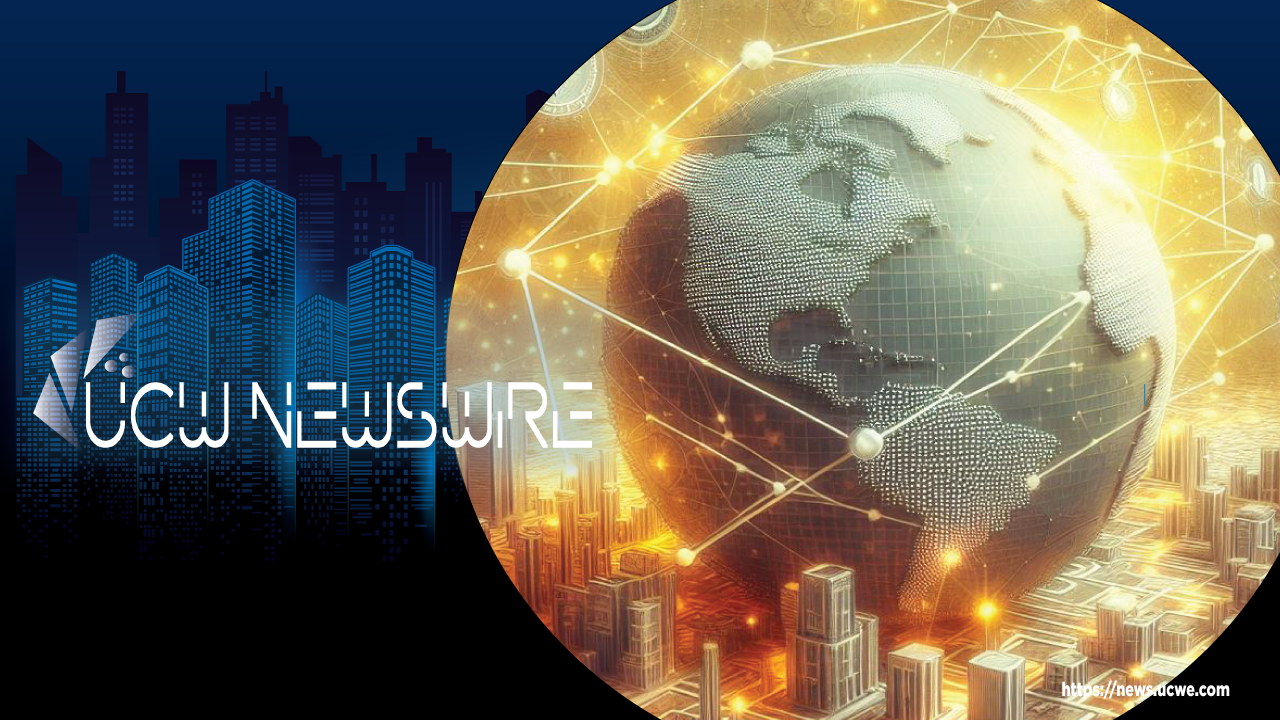Tokenizing Real World Assets, A Paradigm Shift in Investment Dynamics
Today we are going to talk about Real World Assets (RWAs) and how they are undergoing a transformative evolution via tokenization. Blockchain technology has offered a paradigm shift in how

Today we are going to talk about Real World Assets (RWAs) and how they are undergoing a transformative evolution via tokenization. Blockchain technology has offered a paradigm shift in how assets are managed, traded, and perceived. The tokenization of RWAs involves converting ownership or investment rights in tangible and intangible assets into digital tokens on a blockchain. This innovative approach, facilitated by blockchain features such as smart contracts, is revolutionizing traditional asset management practices.
Liquidity and Investment Opportunities
The tokenization of RWAs has introduced a new layer of efficiency and security to asset representation. Traditionally, asset management involved intricate paperwork, intermediaries, and legal complexities, limiting accessibility and efficiency. With the advent of tokenization, assets can be easily divided into digital tokens, creating liquidity for traditionally illiquid assets.
- Increased Liquidity: Tokenization enables the sale and purchase of fractional interests in assets, unlocking liquidity and facilitating transactions that were once capital-intensive and cumbersome.
- Diversified Investment: The fractional ownership model allows investors to diversify their portfolios by investing in a broader range of assets, reducing risk and potentially increasing returns.
- Global Impact: The increased liquidity contributes to the efficiency and stability of financial markets on a global scale. Capital flows more freely, fostering economic growth and innovation.
Disruption Across Industries
Real Estate:
Tokenization has significantly impacted the real estate sector by changing investment methods and market dynamics. The ability to tokenize property assets has democratized real estate investments, allowing fractional ownership, lower entry barriers, and greater market accessibility.
Art:
In the art sector, tokenization has transformed ownership, trading, and valuation of artworks. It provides global access for artists and facilitates fractional ownership for investors, making art investment more accessible.
Commodities:
Tokenization allows fractional ownership of tangible assets like gold, oil, and agricultural products in the commodities market. Individual investors can participate in these markets, increasing liquidity.
Collectibles:
The market for collectibles, including rare items and memorabilia, has experienced a paradigm shift through tokenization. It offers a secure and transparent way to record provenance and ownership, creating new opportunities for collectors and investors.
Role of the Pecu Novus Blockchain Network
The Pecu Novus Blockchain Network is coming into it’s own and can become a significant player in the tokenization of RWAs. Its protocol allows for the tokenization of real estate assets into defined tokens, supporting both partial and full tokenization, depending on the needs of the issuer. With transaction speeds exceeding 100,000 transactions per second (TPS) in 2023 and ongoing upgrades, including layer-2 systems, Pecu Novus has positioned itself as a versatile solution for transparent and secure operations.
Guidance for Potential Investors
For potential investors interested in exploring opportunities in tokenized RWAs, a proactive approach to learning and due diligence is crucial, know the issuer as the blockchain network may create them but a firm has to be the issuer:
- Platform Research: Familiarize yourself with tokenization platforms offering RWA investments. Understand how they are created, where they are created, how they operate, the types of assets available, and the legal and regulatory framework.
- Credibility Check: Evaluate the credibility and track record of the token issuers. Review security measures, transaction transparency, and legal structures. The blockchain networks are typically transparent and easy to verify.
- Asset Understanding: Assess the underlying asset’s fair market value, potential for appreciation, and associated risks. Consider liquidity, transferability restrictions, and any potential restrictions on token transferability. The bottom line is be an informed investor and not a gambler, understand what the tokenization is and how it works.
Embracing the tokenization of RWAs requires investors to navigate a learning curve, it is not as steep as it may seem but by conducting due diligence and a little elbow grease, it is not as difficult as it may seem at first.
Happy Hunting!
Travis Roberts
Digital Assets Desk

